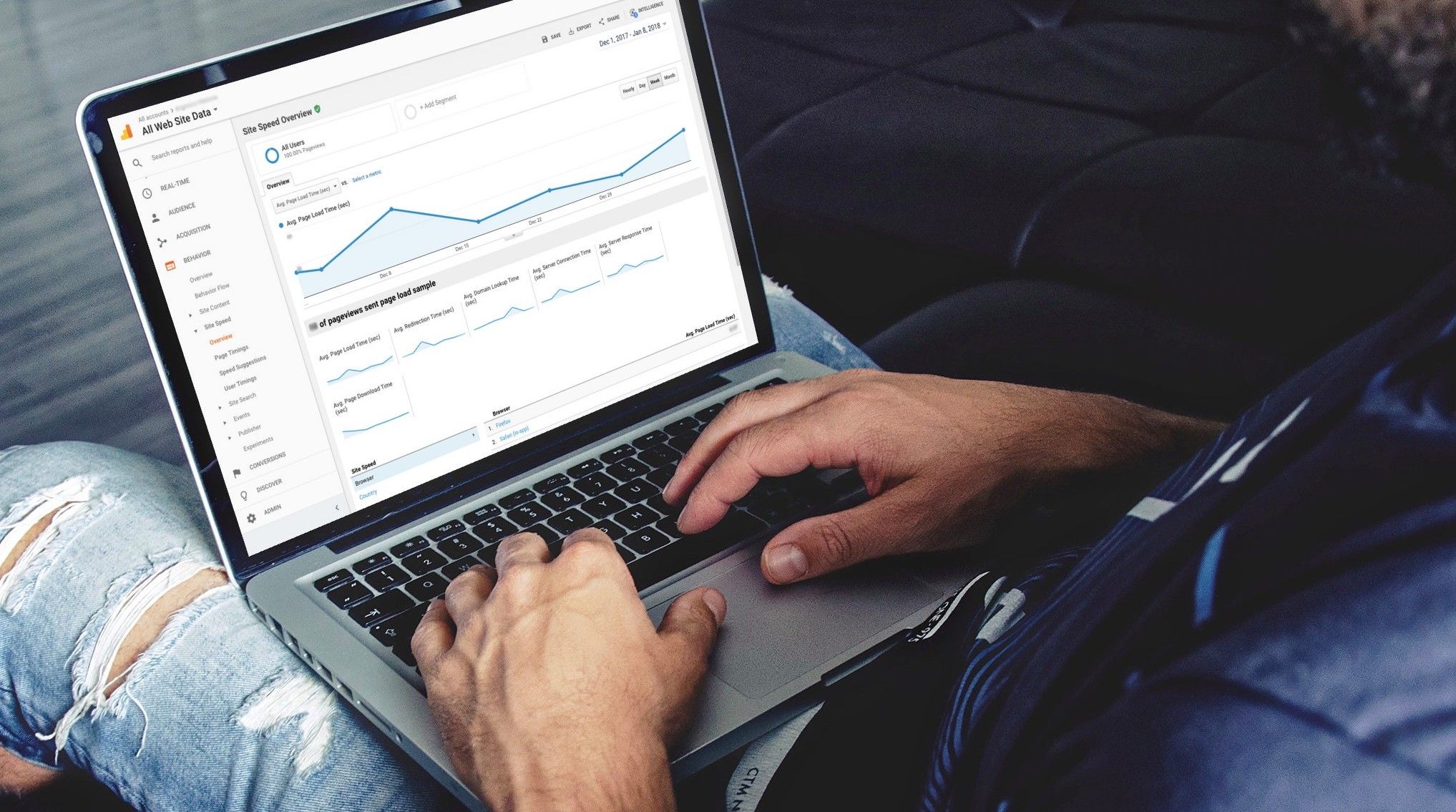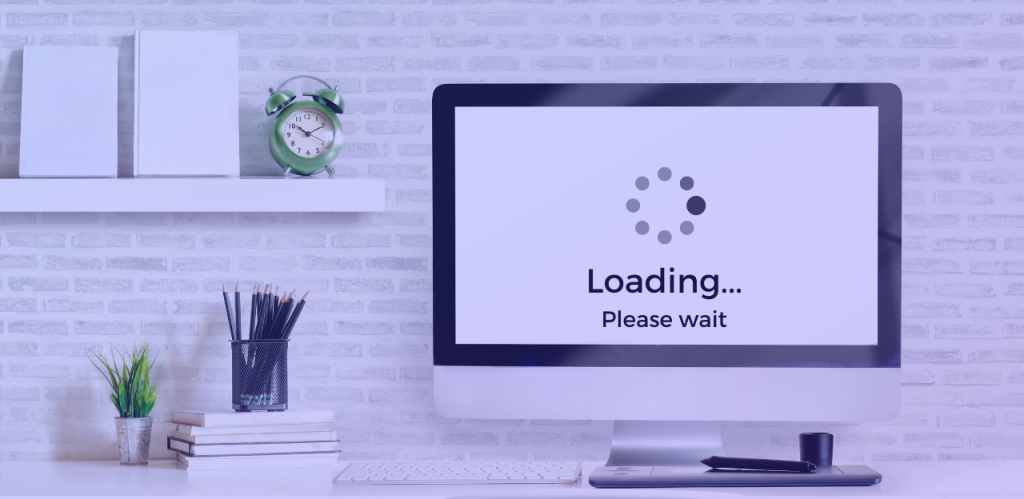What’s the Difference Between Metrics and KPIs?
Metrics are measurable targets that track progress toward business goals. KPIs are goals that are separate from metrics. Both can be useful to track, but the most important distinction is the purpose. Metrics measure the success of a particular project or business. KPIs can also be used to measure an individual’s progress toward a particular goal. Here are some common examples of metrics and KPIs and how they differ from one another.
Metrics are quantifiable measures used to gauge performance or progress
A metric vs kpi is a quantitative measurement of the success of a particular activity or process. The terms measure and metric are derived from the Latin “metiri” and have essentially the same meaning. A metric can be derived from a number of different measures. In addition to performance metrics, the term metric also refers to other kinds of quantitative data. For instance, a productivity metric tracks the ratio of work produced to resources used to produce that work.
Metrics can also refer to key performance indicators, which are more detailed in nature and measure the overall progress of an organization’s core processes. The key performance indicators (KPIs) are more strategic in nature and track the progress of an organization towards a set goal or strategy. A metric may be used to measure the number of traffic that a website receives compared to a target or goal, while a key performance indicator might be a measurable metric related to content downloads.

KPIs are standalone goals or targets
If you run a business, you probably have a list of KPIs that you track and compare to meet your objectives. While metrics are simply facts, KPIs are goals or targets that you use to measure how well you’re doing. For example, a sales goal might be to increase sales, but a marketing KPI might be to close ten deals per week. Each metric will help you measure whether you’re on track to meet your sales goals.
KPIs are goals or targets that can be set for an entire department, or even an entire company. They must be meaningful and measurable. They may be percentages, values, or numbers. They should also be achievable for your team. Make sure that the goals are realistic and achievable, and that you can easily move them as you reach them. This way, you’ll be able to track them over time.
They are indicators
Both metrics and KPIs are indicators. Leading indicators help measure results and predict future ones. Lagging indicators provide early warning of problems. Leading indicators herald potential business development. They can help managers run business operations more efficiently. In this article, we’ll look at both types of indicators and how they differ from each other. And we’ll examine how they affect the business. Ultimately, metrics and KPIs are indicators.

Lead conversion rate measures the percentage of sales leads that become customers. Customer acquisition cost measures the average cost of acquiring new customers. Return on marketing investment (ROI) measures the financial payback of a marketing campaign. Customer lifetime value predicts the total profit that can be made by an individual customer. Customer churn rate indicates the proportion of customers who stop buying from the company within a certain period of time.
They overlap
While they are similar, there is a difference between KPIs and metrics. KPIs are a specific set of measurements, while metrics are simply data that a business watches for improvement purposes. Although KPIs and metrics are both important, there is some overlap between them, leading to confusion. In this article, we’ll look at the difference between metrics and KPIs, and how they can help your business achieve its goals.
Metrics measure the overall health of a business, but are loosely tied to specific targeted objectives. Metrics that do not directly relate to specific goals are vanity metrics. Metrics like the number of visitors to a website are not KPIs. But they are important to determine what’s working and what’s not. The difference between metrics and KPIs is most obvious when a KPI is a goal.





